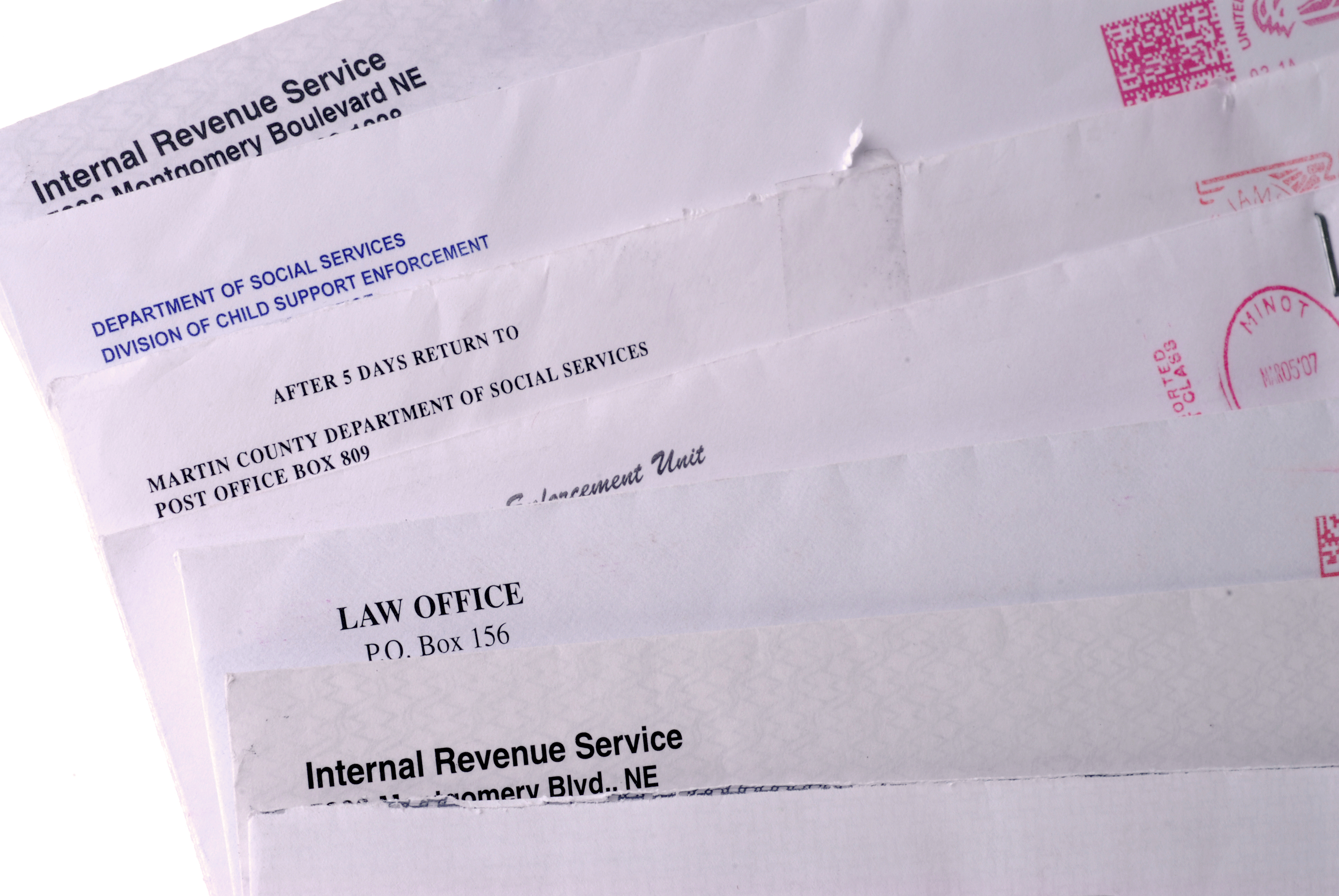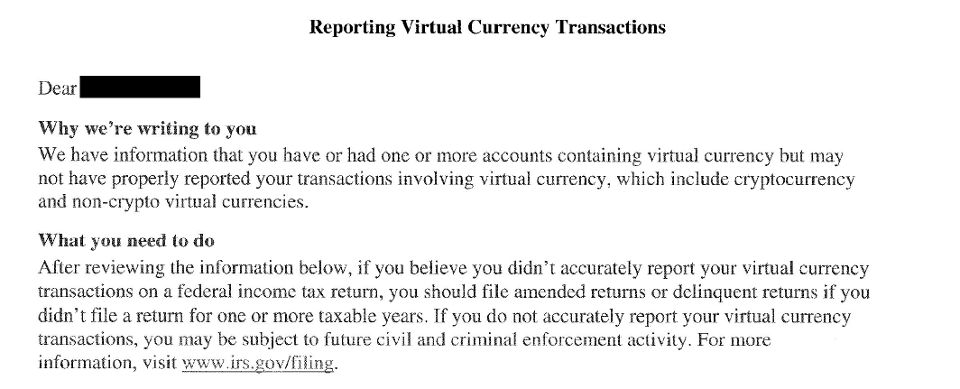
Crowdfunding Can Have Unexpected Consequences
- Gifts
- Charitable Gifts
- Business Ventures
- SEC Registration
Raising money through Internet crowdfunding sites prompts questions about the taxability of the money raised. A number of sites host money-raising projects for fees ranging from 5 to 9%, including GoFundMe, Kickstarter, and Indiegogo. Each site specifies its own charges, limitations, and withdrawal processes. Whether the money raised is taxable depends upon the purpose of the fundraising campaign.
Gifts – When an entity raises funds for its own benefit and the contributions are made out of detached generosity (and not because of any moral or legal duty or the incentive of anticipated economic benefit), the contributions are considered tax-free gifts to the recipient.
On the other hand, the contributor is subject to the gift tax rules if he or she contributes more than $15,000 to a particular fundraising effort that benefits one individual; the contributor is then liable to file a gift tax return. Unfortunately, regardless of the need, gifts to individuals are never tax deductible.
A “gift tax trap” occurs when an individual establishes a crowdfunding account to help someone else in need (whom we’ll call the beneficiary) and takes possession of the funds before passing the money on to the beneficiary. Because the fundraiser takes possession of the funds, the contributions are treated as a tax-free gift to the fundraiser. However, when the fundraiser passes the money on to the beneficiary, the money then is treated as a gift from the fundraiser to the beneficiary; if the amount is over $15,000, the fundraiser is required to file a gift tax return and to reduce his or her lifetime gift and estate tax exemption. Some crowdfunding sites allow the fundraiser to designate a beneficiary so that the beneficiary has direct access to the funds which keeps the fundraiser from encountering any gift tax problems.
Gifts to specific individuals, regardless of the need are not considered a charitable contribution under tax law. An example is raising funds to help pay for someone’s funeral expenses. Another example, which includes a little tax twist, would be raising money to help someone pay for their medical expenses. Because it is a gift, it is not taxable to the recipient, but if the recipient itemizes their deductions, any amount of the gift the recipient spends to pay for their or a spouse’s or dependent’s medical expenses can be included as a medical expense on the recipient’s Schedule A.
Charitable Gifts – Even if the funds are being raised for a qualified charity, the contributors cannot deduct the donations as charitable contributions without proper documentation. Taxpayers cannot deduct cash contributions, regardless of the amount, unless they can document the contributions in one of the following ways:
- Contribution Less Than $250 – To claim a deduction for a contribution of less than $250, the taxpayer must have a cancelled check, a bank or credit card statement, or a letter from the qualified organization; this proof must show the name of the organization, the date of the contribution, and the amount of the contribution.
- Cash contributions of $250 or More – To claim a deduction for a contribution of $250 or more, the taxpayer must have a written acknowledgment of the contribution from the qualified organization; this acknowledgment must include the following details:
o The amount of cash contributed;o Whether the qualified organization gave the taxpayer goods or services (other than certain token items and membership benefits) as a result of the contribution, along with a description and good-faith estimate of the value of those goods or services (other than intangible religious benefits); and
o A statement that the only benefit received was an intangible religious benefit, if that was the case.
Thus, if the contributor is to claim a charitable deduction for the cash donation, some means of providing the contributor with a receipt must be provided.
Business Ventures – When raising money for business projects, two issues must be contended with: the taxability of the money raised and the Security and Exchange Commission (SEC) regulations that come into play if the contributor is given an ownership interest in the venture.
- No Business Ownership Interest Given – This applies when the fundraiser only provides the contributor nominal gifts, such as products from the business, coffee cups, or T-shirts; the money raised is taxable to the fundraiser.
- Business Ownership Interest Provided – This applies when the fundraiser provides the contributor with partial business ownership in the form of stock or a partnership interest; the money raised is treated as a capital contribution and is not taxable to the fundraiser. The amount contributed becomes the contributor’s tax basis in the investment. When the fundraiser is selling business ownership, the resulting sales must comply with SEC regulations, which generally require any such offering to be registered with the SEC. However, the SEC regulations carve out a special exemption for crowdfunding:
o Fundraising Maximum – The maximum amount a business can raise without registering its offering with the SEC is $1.07 million in a 12-month period. Non-U.S. companies, businesses without a business plan, firms that report under the Exchange Act, certain investment companies, and companies that have failed to meet their reporting responsibilities may not participate.
o Contributor Maximum – The amount an individual can invest through crowdfunding in any 12-month period is limited:
- If the individual’s annual income or net worth is less than $107,000, his or her equity investment through crowdfunding is limited to the greater of $2,200 or 5% of the investor’s annual net worth.
- If the individual’s annual income or net worth is at least $107,000, his or her investment via crowdfunding is limited to 10% of the investor’s net worth or annual income, whichever is less, up to an aggregate limit of $107,000.
On the bright side, even if the money raised is income to the business, it will probably net out to zero taxable if it is spent on tax deductible business expenses.
Does the IRS Track Crowdfunding? – Maybe. It depends on the aggregate number of backers contributing to the fundraising campaign and the total amount of funds processed through third-party transaction companies (credit card, PayPal, etc.). These third-party processers are required to issue a Form 1099-K reporting the gross amount of such transactions. There is a de minimis reporting threshold of $20,000 or 200 reportable transactions per year. Question is, will the third party follow the de minimis rule?
If you have questions about crowdfunding-related tax issues, please give this office a call.










